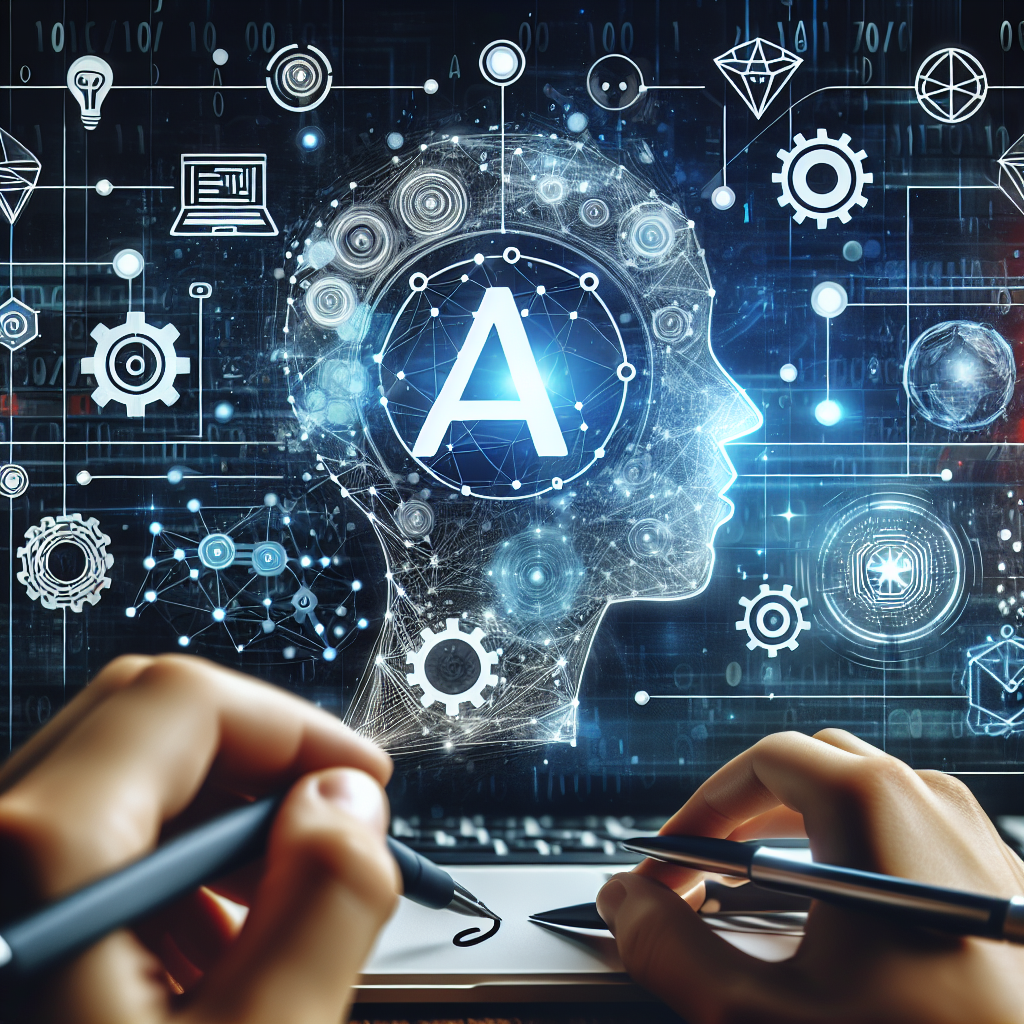Augmented Reality (AR) has become increasingly popular in recent years, with applications ranging from gaming and entertainment to education and training. One of the key challenges in AR development is creating realistic and immersive experiences for users. This is where Generative Artificial Intelligence (AI) comes into play.
Generative AI refers to a type of AI that can generate new content, such as images, videos, or text, based on patterns and data it has been trained on. In the context of AR development, Generative AI can be used to create realistic 3D models, textures, and animations that enhance the overall AR experience.
The Role of Generative AI in AR Development
1. Content Creation: One of the main applications of Generative AI in AR development is content creation. By using Generative AI algorithms, developers can create realistic 3D models, textures, and animations that can be used to enhance the visual quality of AR experiences. This can include creating realistic objects, characters, and environments that users can interact with in real-time.
2. Procedural Generation: Another key role of Generative AI in AR development is procedural generation. Procedural generation refers to the process of creating content algorithmically, rather than manually. This can be particularly useful in AR development, where developers may need to create vast, dynamic worlds that can be explored by users. Generative AI can be used to procedurally generate terrain, buildings, and other elements of the AR environment, making it more interactive and engaging for users.
3. Personalization: Generative AI can also be used to personalize AR experiences for individual users. By analyzing user data and preferences, Generative AI algorithms can create custom content that is tailored to each user’s interests and preferences. This can include personalized 3D models, textures, and animations that enhance the user’s overall AR experience.
4. Realism and Immersion: One of the key goals of AR development is to create realistic and immersive experiences for users. Generative AI can help achieve this goal by creating high-quality content that enhances the visual realism of AR experiences. This can include realistic lighting, shadows, and textures that make the AR environment feel more immersive and lifelike.
FAQs
Q: How does Generative AI differ from other types of AI in AR development?
A: Generative AI differs from other types of AI, such as machine learning and deep learning, in that it is specifically designed to generate new content based on patterns and data it has been trained on. This makes Generative AI particularly well-suited for tasks such as content creation, procedural generation, and personalization in AR development.
Q: What are some examples of Generative AI applications in AR development?
A: Some examples of Generative AI applications in AR development include creating realistic 3D models, textures, and animations, procedurally generating terrain and environments, personalizing AR experiences for individual users, and enhancing the overall realism and immersion of AR experiences.
Q: How can developers incorporate Generative AI into their AR projects?
A: Developers can incorporate Generative AI into their AR projects by using pre-trained Generative AI models and algorithms, or by training their own Generative AI models on specific datasets. By leveraging Generative AI, developers can create more realistic and immersive AR experiences for users.
Q: What are some challenges of using Generative AI in AR development?
A: Some challenges of using Generative AI in AR development include the need for large amounts of training data, the complexity of training Generative AI models, and the potential for bias or errors in generated content. However, with careful planning and implementation, Generative AI can greatly enhance the quality and realism of AR experiences.
In conclusion, Generative AI plays a crucial role in AR development by enabling developers to create realistic, immersive, and personalized experiences for users. By leveraging Generative AI algorithms and models, developers can enhance the visual quality, interactivity, and engagement of AR experiences, making them more compelling and enjoyable for users. As the field of AR continues to evolve, Generative AI will likely play an increasingly important role in shaping the future of AR development.

